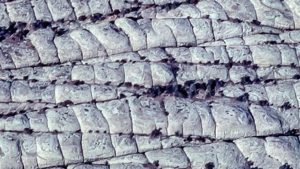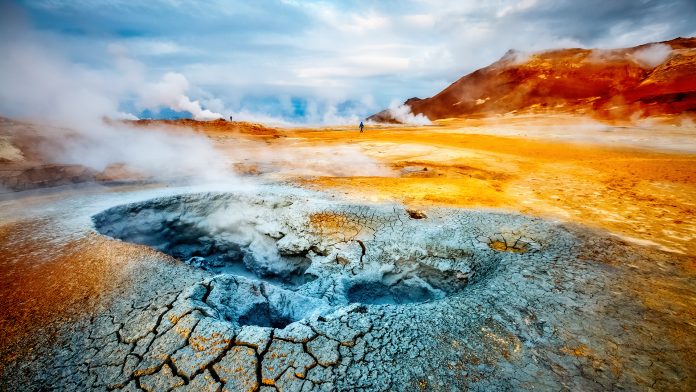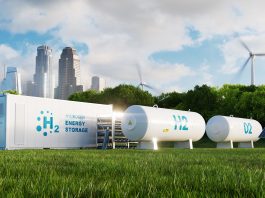Geothermal heat offers a promising source of renewable energy with almost zero emissions, but it remains a relatively expensive option to generate electricity.
A new method developed by Penn State researchers may help prevent ‘short-circuits’ that can cause geothermal power plants to halt production and improve the efficiency of geothermal heat.
The study, ‘Autonomous fracture flow tunning to enhance efficiency of fractured geothermal systems,’ is published in Energy.
What are some of the current issues with geothermal heat extraction?
“The public perception of geothermal is that since it’s renewable we should be able to produce from these resources infinitely,” said co-corresponding author Arash Dahi Taleghani, Professor of petroleum engineering at Penn State.
Enhanced geothermal heat systems involve injecting cold water into hot dry rock deep underground. The water travels through fractures in the rock and heats up, and production wells then pump the heated liquid to the surface where a power plant turns it into electricity.
However, wide fractures may allow large volumes of water to move too quickly to sufficiently heat up before reaching the production wells. Cooler production liquid impacts the efficiency of the power plant and can compromise the economics of the project.
“With geothermal heat projects, you can get cold-water breakthroughs,” Dahi Taleghani said.
“The water takes a shortcut passing through the reservoir. However, because the water doesn’t have a chance to heat up, it can short-circuit the system.”
Producers try to prevent these shortcuts before they form by adjusting how much water circulates through the system or potentially shutting down production periodically.
This means the plant cannot produce continuously, which would be a major benefit of geothermal heat over other sources of renewable energy, like solar and wind.
The fracture conductivity tuning technique
The researchers proposed adding materials or chemicals to the liquid pumped into the reservoir that would autonomously control flow from inside the rock itself.
The process, called the fracture conductivity tuning technique, involves adding materials that could change properties with the temperature, hindering cold water and allowing hot water to flow through the fractures.

The goal is to spread the flow more uniformly across the reservoir to sweep more geothermal heat from the rocks to the production wells and to prevent shortcuts that allow cooler water to rush to the production wells while heat remains in underused portions of the reservoir.
Using modelling techniques, the team found the process could increase the cumulative heat extraction at an enhanced geothermal site by more than 65% over 50 years of production.
Qitao Zhang, a doctoral candidate in the John and Willie Leone Department of Energy and Mineral Engineering and co-author of the study, explained: “These findings confirm significant improvements in energy that can be harvested by using this technique.
“We are proposing an effective approach to geothermal heat extraction by controlling the flow deep inside the reservoir.”
This technology could now be used to make renewables cost-effective and competitive with other energy sources. It was supported by the U.S. Department of Energy.









